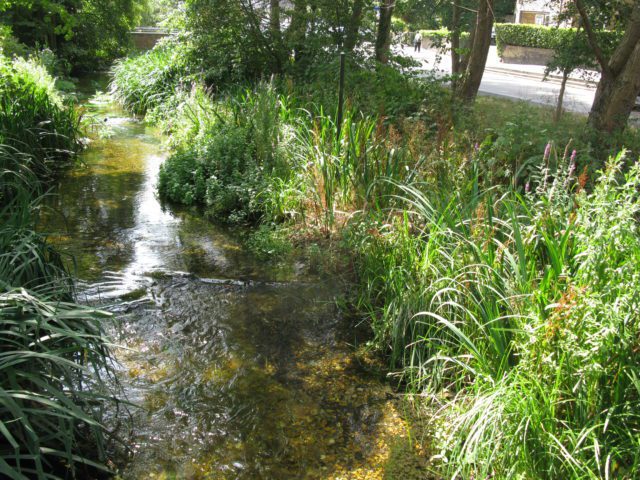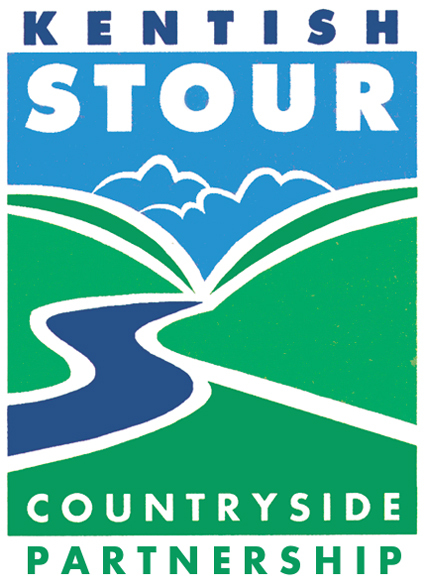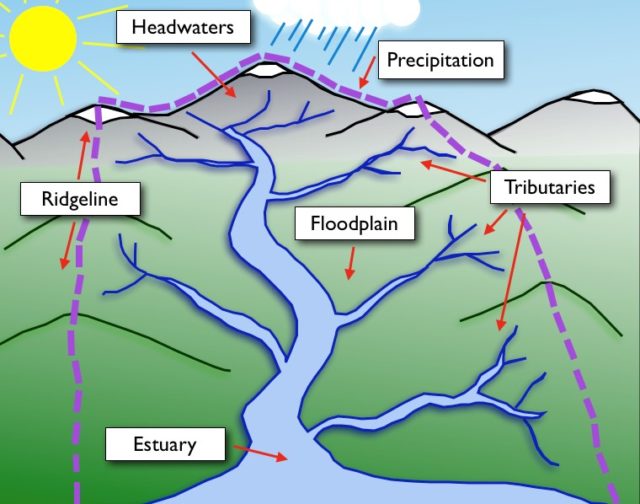Natural Flood Management
The climate has changed and our landscape has changed too.
Intense bouts of heavy rain have become a regular feature of our weather and have caused immense amounts of damage across the country through flooding. Nine of the months of heaviest rainfall since 1910 have occured in the last 20 years. (Out of 17 record-breaking rainfall months since 1910, 9 have occured since 2000) 1 in 6 properties in England are at risk of flooding.
KSCP have a partnership officer working with Kent County Council, with the aim to return some of the natural processes to our landscape and ‘Slow the Flow’ of water which is causing the problems.
Returning natural processes can involve planting hedges across surface flow paths, building leaky dams in streams, river restoration, floodplain restoration, pond creation and Catchment Sensitive Farming.
https://catchmentbasedapproach.org/learn/lowland-natural-flood-management-measures/
It is important we address this issue from all angles. Every household can do their part to help prevent flooding through adding water collection to their property – rain gardens, leaky water butts, green roofs.
http://slowtheflow.net/you-can-slow-the-flow-at-home/
There are different types of flooding: –
- Fluvial – when rivers , lakes and streams overflow because of rainfall and water draining off the land.
- Coastal flooding – when high tides and storms lead to the sea flooding the land
- Surface Water Flooding – when the rainwater collects and cannot drain away
- Sewer flooding – when sewers are blocked or overwhelmed by the amount of water
- Groundwater flooding – when the ground is so wet that the water rises above the surface
Water flows downhill to the sea. Rivers and streams begin as small but fast flows of water at the steeper headwaters and tops of the tributaries. Water flows into the river from everywhere. At the Headwaters this water would be slowed down by woodlands and rough grasslands. As the rivers reach the low lands they become wider and slower. Historically the river banks would have been lower and the rivers more meandering. Water would be able to overtop the river banks and flow into the floodplains on either side where areas of woodland, grassland and wetlands would catch the water and slow it down.

A tributary of the Wandle. The stream looks healthy with good substrate and lots of edge vegetation on shallow banks. Note the roads and buildings.
Housing and industrial development has occurred in our floodplains. We are building many more houses, gardens have been paved over, ponds filled in, rivers straightened. Intensive agriculture has removed more floodplain. Heavier machinery, loss of soil structure, over grazing, hedgerow removal, pond removal, lack of wild margins in fields and straightened watercourses have all impacted. We cannot accommodate all the rain water because the natural mechanisms to do this have been removed or diminished and so flooding is getting worse.
Ninety percent of our flood plains no longer work properly. Water flows much faster through the landscape.
There are many projects across the uk, trying to restore our floodplains and rivers. This will help with Natural Flood Management.
https://www.gov.uk/government/publications/working-with-natural-processes-to-reduce-flood-risk


